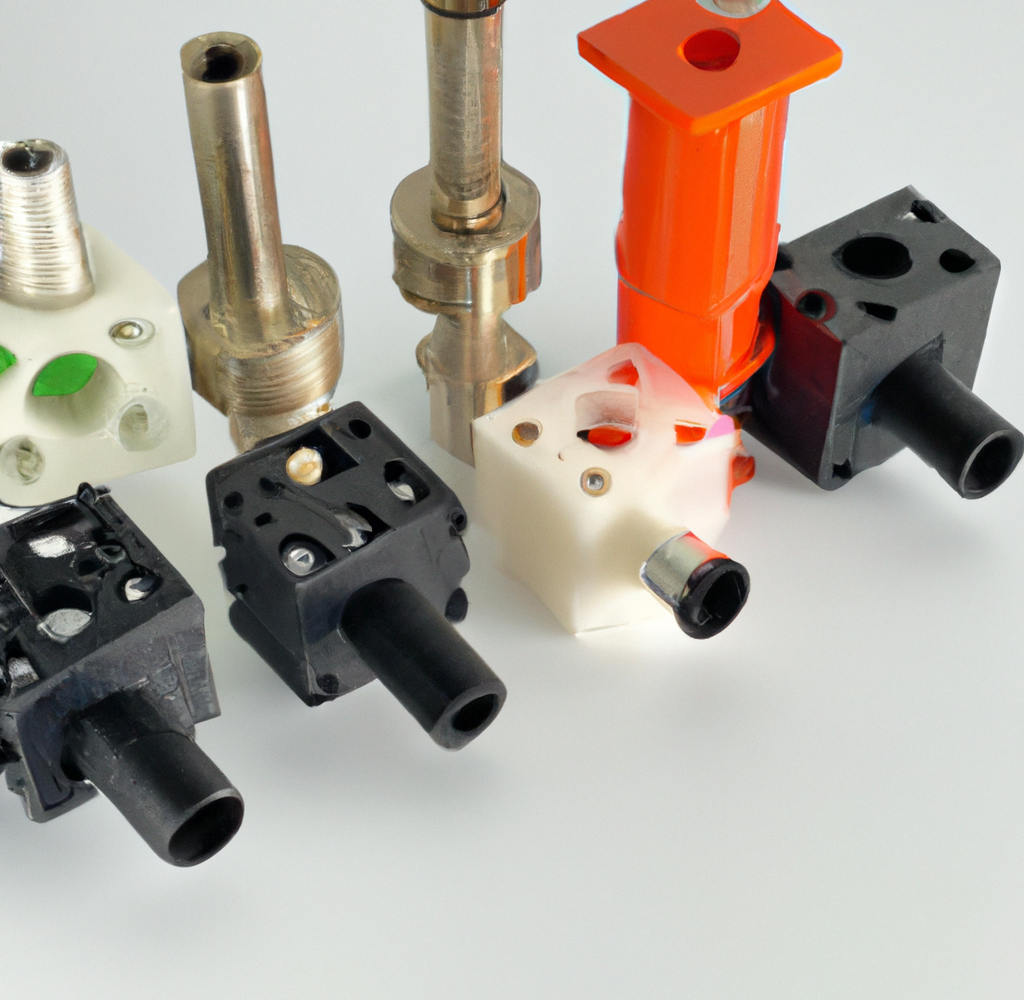The Future Of Hotends: What To Expect In The Coming Years

The Future Of Hotends
Hotends, the essential component of 3D printers that melts and extrudes plastic filament, have come a long way since their inception. And with advancements in technology, the future looks even brighter for these crucial tools in the world of 3D printing. Here's what we can expect in the coming years.
Improved Performance for Faster and Better Quality Prints
One of the most significant improvements we can expect in the future of hotends is improved performance. With advancements in materials and design, hotends will be able to melt and extrude plastic filament more efficiently than ever before. This means faster print speeds and better quality prints for 3D printing enthusiasts not to mention less maintenance!
Increased Temperature Range for a Wider Range of Filament Options
Another area of improvement we can expect in the future of hotends is an increased temperature range. Currently, most hotends are limited to a maximum temperature of around 260-300 degrees Celsius. But with the development of new materials, we can expect hotends to be able to reach higher temperatures, allowing for the use of a wider range of plastic filaments in 3D printing and exotic materials.
New Nozzle Materials for Improved Performance and Durability
In addition to improved performance and increased temperature range, we can also expect to see hotends with new nozzle materials in the coming years. Traditional hotend nozzles are made of brass, but new materials such as stainless steel and ceramic are being developed and tested for use in 3D printing. These materials have unique properties that can improve the performance and durability of hotends.
More Affordable Options for a Broader Range of Users
The future of hotends will also likely see the development of more affordable options. As the technology behind hotends continues to improve and become more accessible, we can expect to see a wider range of products at varying price points. This will make it possible for more people to take advantage of the benefits of 3D printing and make it a more accessible technology.
In conclusion, the future of hotends in 3D printing looks bright. With improved performance, increased temperature range, new nozzle materials, and more affordable options, we can expect to see exciting developments in the coming years. These advancements will provide even greater capabilities and possibilities for 3D printing enthusiasts and make the technology more accessible to a wider range of users.
 Proudly Made In The USA
Proudly Made In The USA